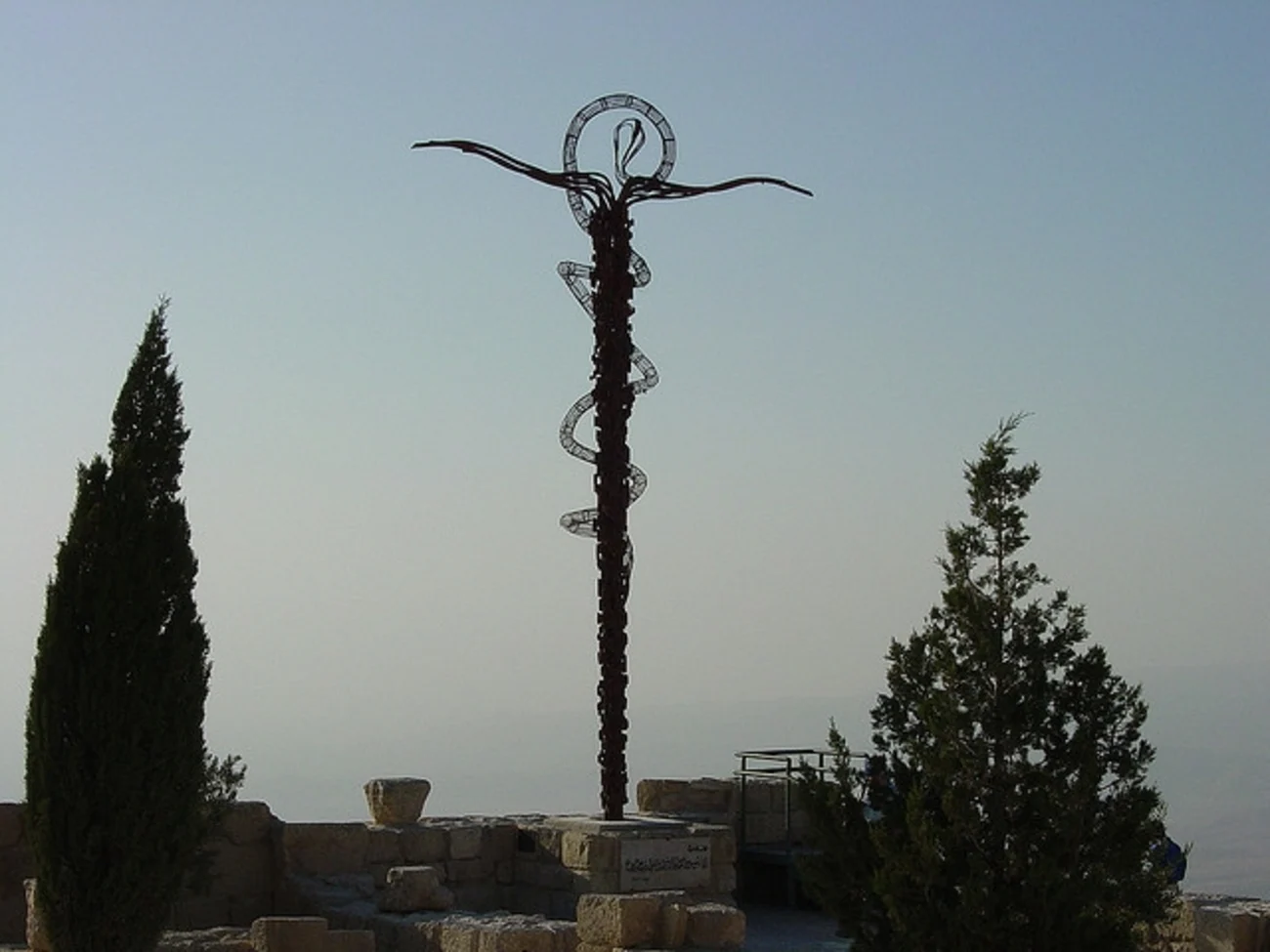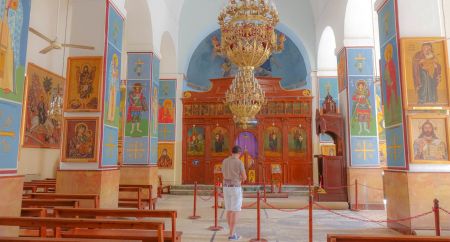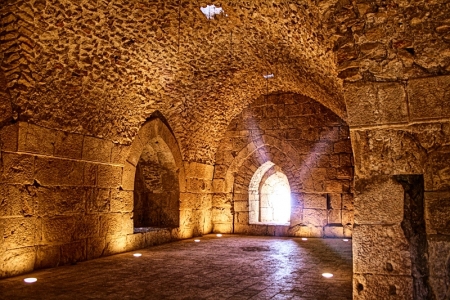Mount Nebo

The Rich History of Mount Nebo
Mount Nebo has a rich and varied history that intimately ties it to both the ancient and modern worlds. Historically, it was part of the ancient territory of Moab and later became significant in the Christian, Jewish, and Islamic traditions. Archeological excavations on Mount Nebo have revealed remnants of a monastery and church from the Byzantine era, further emphasizing its historical significance.
Who died on Mount Nebo? - Biblical Significance
Mount Nebo is most famously known as the place where Moses, the prophet of the Abrahamic religions, is said to have died. According to the Old Testament of the Bible, God showed Moses the Promised Land from the summit of Mount Nebo before he died. Moses' death on Mount Nebo makes this peak a significant pilgrimage site for Jews, Christians, and Muslims alike.
What happened on Mount Nebo? - Historical Events
From Mount Nebo’s windswept promontory, overlooking the Dead Sea, the Jordan River Valley, Jericho, and the distant hills of Jerusalem, Moses viewed the Holy Land of Canaan that he would never enter. He died and was buried in Moab, "in the valley opposite Beth-Peor" (Deuteronomy 34:6). His tomb remains unknown. After consulting the Oracle, Jeremiah reportedly hid the Ark of the Covenant, the Tent, and the Altar of Incense at Mount Nebo.
Mount Nebo became a place of pilgrimage for early Christians from Jerusalem and a small church was built there in the 4th century to commemorate the end of Moses' life. Some of the stones from that church remain in their original place in the wall around the apse area. The church was subsequently expanded in the 5th and 6th centuries into the present-day large basilica with its stunning collection of Byzantine mosaics.
The Serpentine Cross, which stands just outside the sanctuary, is symbolic of the bronze (or brazen) serpent taken by Moses into the desert and the cross upon which Jesus was crucified.
In addition to Bethany Beyond Jordan and Mount Nebo, there are three other holy sites in Jordan that were designated by the Vatican as Millennium 2000 pilgrimage sites.
Exploring Mount Nebo, Jordan - A Traveler's Guide
When exploring Mount Nebo, travelers can expect to be greeted by a mix of natural beauty, historical significance, and spiritual resonance. The site is home to the Memorial of Moses, a modern-day church built over the remains of a 4th-century church. Inside, visitors can marvel at the restored mosaics depicting scenes from the Bible. Outside, a serpentine cross sculpture, the Brazen Serpent Monument, symbolizes the bronze serpent created by Moses in the wilderness.
The Secret Treasures of Mount Nebo
The secret treasures of Mount Nebo lie in its rich mosaic art, religious significance, and panoramic views. The mountain's ancient mosaics, some of which are over 1500 years old, are extraordinary examples of early Christian art. The view from the summit, particularly at sunrise or sunset, is a treasure in itself, offering a panoramic view of the Holy Land and the Jordan River Valley.
Visiting Mount Nebo
Mount Nebo is open to visitors year-round, and it's a must-visit destination for anyone traveling in Jordan. The site is well-maintained and has facilities like a visitor center and restrooms. It's advisable to wear comfortable shoes for walking and to bring a hat and sunscreen for protection against the sun. To fully appreciate the historical and religious significance of the site, consider hiring a local guide.
The Lasting Allure of Mount Nebo
Mount Nebo continues to captivate the hearts and minds of those who visit. Its rich history, religious significance, and mesmerizing views make it a destination worth exploring. Whether you're a history enthusiast, a devout believer, or a wanderlust traveler, Mount Nebo offers a unique experience that will leave a lasting impression.
Remember, the best way to experience Mount Nebo is to see it yourself. Book your trip with Memphis Tours and uncover the secret treasures of this magnificent peak.


















